“The Land of Fire and Ice,” as the Nordic island nation of Iceland is known, is a country of beautiful geological contrasts. It is a natural wonder that overwhelms and envelopes senses in its beauty of color, glaciers, ruggedness, waterfalls, and natural beauty. This country's dramatic landscape is also dotted with geysers, volcanoes, and hot springs which combine to produce one of the most beautiful and fascinating countries in the world. While its ruggedly beautiful natural parks are its main attractions, its pleasant people and peaceful nature also draw tourists to Iceland. In fact, according to the 2019 Global Peace Index, Iceland is the most peaceful country in the world.
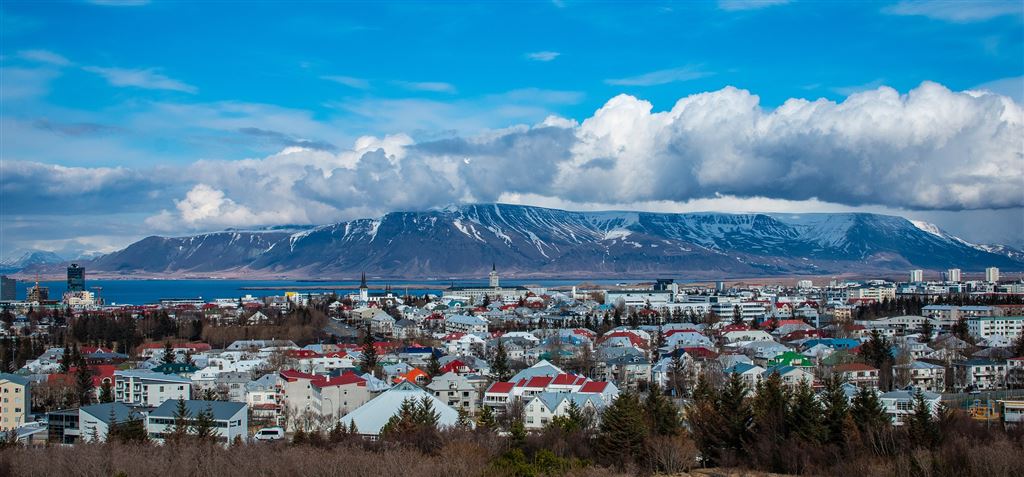 Reykjavik
Reykjavik
So, what specific things make this adventure-filled North Atlantic island so unique and fascinating? Let's explore some places to visit, things to do, and practical information about Iceland that will answer this question.
Places to Visit
Reykjavik
Every visit to Iceland should start with the charming capital city of Reykjavik. The row of painted timber homes and Scandinavian taverns set against a mountainous backdrop and the Hallgrimskirkja, a famous a Lutheran parish church, are untainted by commercialism. As you stroll through this beautiful coastal city, you will get lost in its traditional 19th-century charm. Additionally, the city is the gateway to all of Iceland's major natural tourist spots.
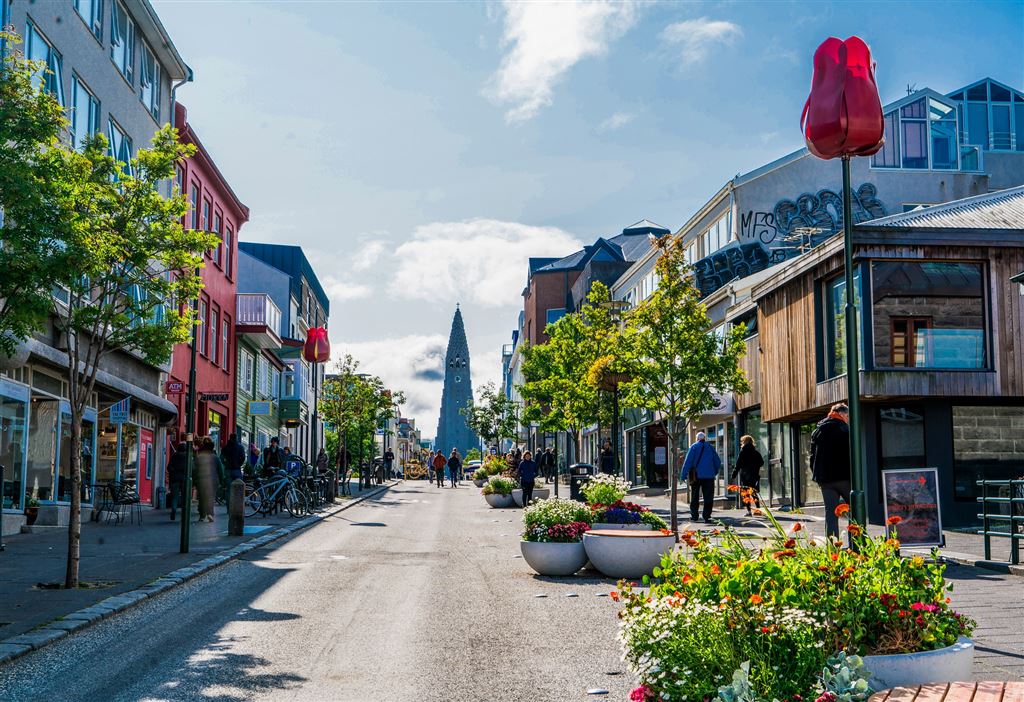
The Blue Lagoon
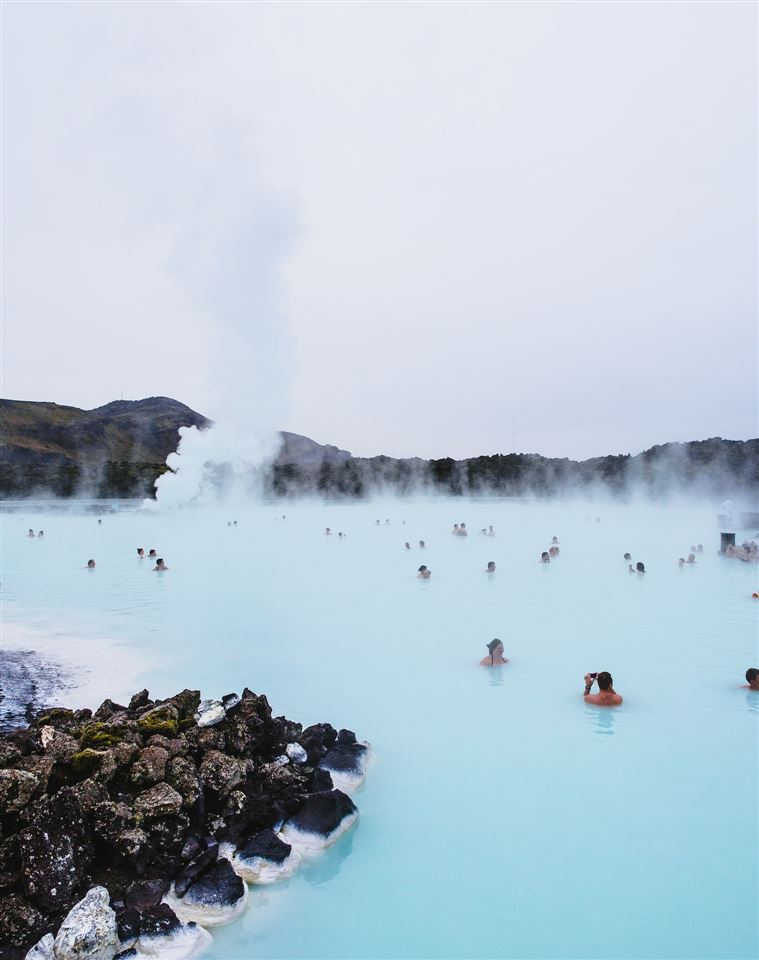
Nestled within the Reykjanes Peninsula is the Blue Lagoon, nature's natural spa experience. The shimmery blue-silver waters are famed for their healing properties and have created one of the most popular tourist attraction in Iceland.
Gullfoss Waterfall
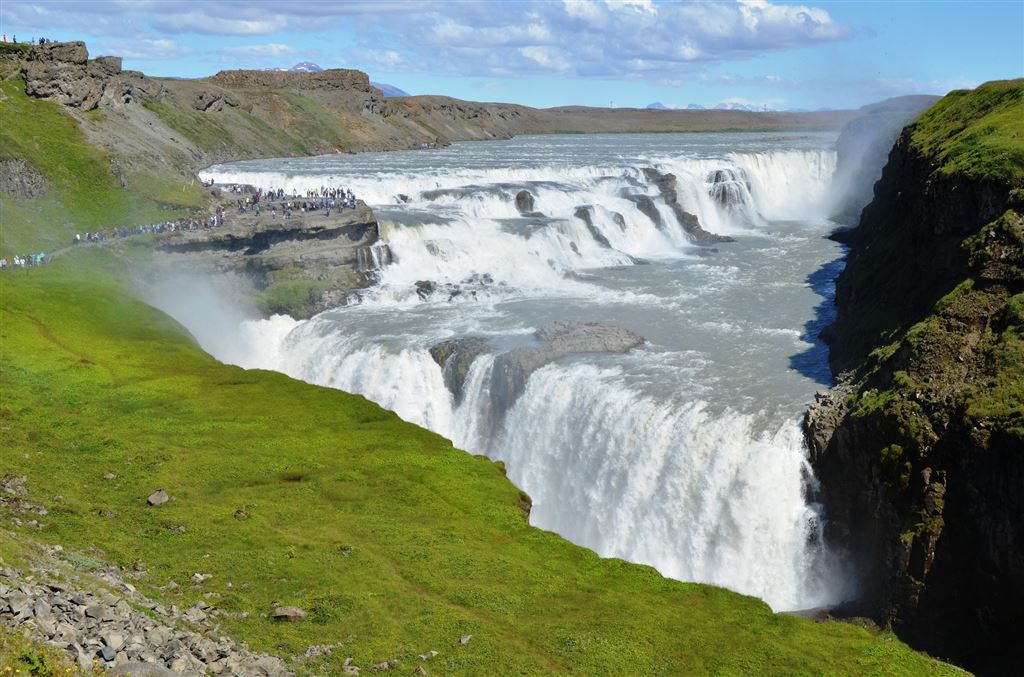
Gullfoss Waterfall flows over the bluffs of south-western Iceland. The water cascades over terraces and terraces and then disappears into a crevice. There is something mystical in the way rainbows and mist veil the falls amidst the backdrop greenery.
Grundarfjordur
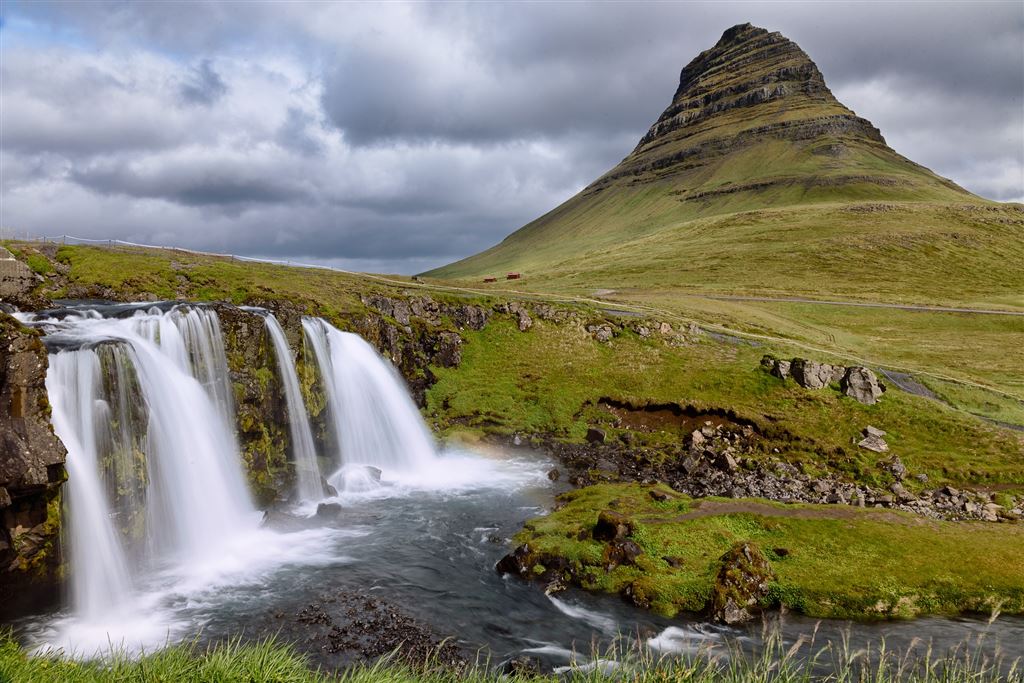
Lying just on the edge of Snaefellsnes Peninsula is the fishing town of Grundarfjordur. While the fishing town is a nice attraction, Mount Kirkjufell (pictured above) is probably more famous than the town. Still, the warmth and friendliness of this small settlement will draw you in and then captivate you with fantastic panoramic views.
Myrdalsjokull Glacier Park
The wild Myrdalsjokull Glacier Park is famous for its ethereal appearance. You will find verdant peaks making their way out of ice-carved valleys while sand pools sprout along the Solheimajokul.
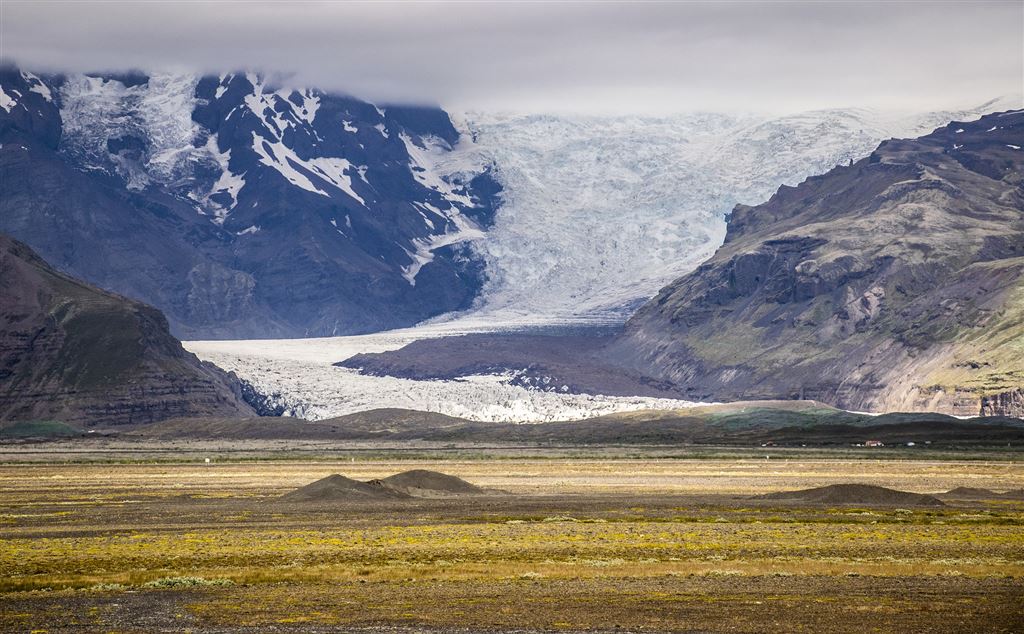 Myrdalsjokull
Myrdalsjokull
Landmannalaugar Nature Reserve
The Landmannalaugar Nature Reserve combines the bluish hues of the bubbling volcanic hot springs with the ochre mountain ridges creating a color harmony that is a visual spectacle.
Vatnajökull and Snæfellsjökull
The national parks in Vatnajökull and Snæfellsjökull are home to ice glaciers that sparkle under the sunlight vividly. The Dettifoss Waterfall, in Vatnajökull National Park, touted as the most powerful waterfall in Europe will stun you with its display of sheer power.
Askja Caldera
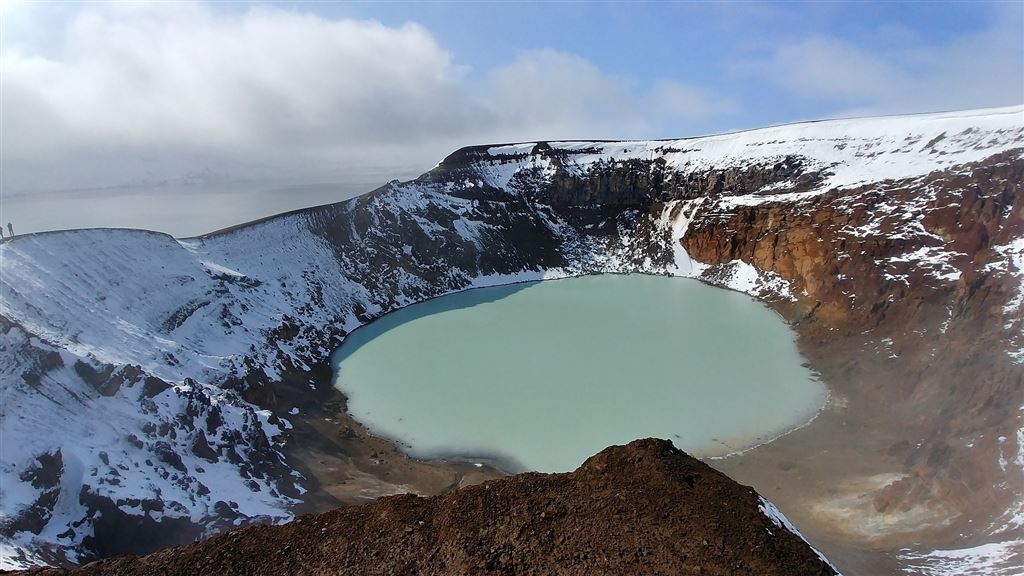
To the north of the Vatnajökull National Park, lies the Askja caldera and the geothermal pool of the Dyngjufjöll Mountains where you will come into contact with a live volcano.
Asbyrgi Canyon and the Westfjords
Making its way through the Icelandic rocky inland in the north-east is the Asbyrgi canyon with its remarkably sharp gorges and ridges. It holds a firm place in Norse mythology and exudes a mythical spirit. Then you will come across the Westfjords with their jutting edges that are regarded as one of the most staggering natural wonders in Iceland.
Things to Do in Iceland
Explore the People and Culture
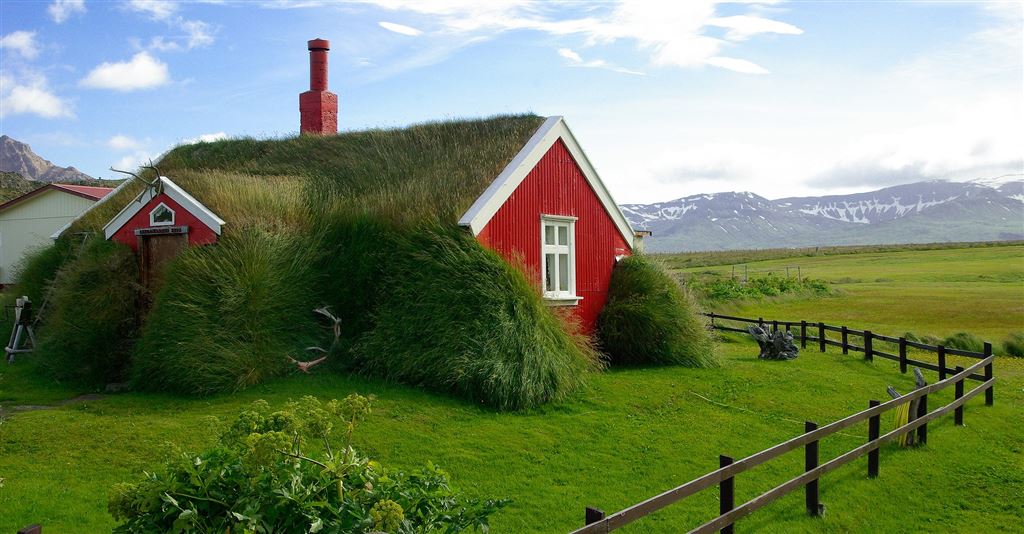
Iceland strikes the perfect balance between ruggedness and beauty. The abundance of natural landforms like glaciers, lakes, waterfalls, rivers, and volcanoes give Iceland a paradisical feel with many things to do. One of the more enriching ways to spend your time is to bask in the warmth and friendliness of Iceland's inhabitant. Become acquainted with the arts, storytelling, and literature of Icelandic culture, which was shaped by its isolation and extreme natural conditions.
Also, don't forget to explore the local stores and groove to the spirit of Icelandic festivals to cement your love for the people and culture of this beautiful country!
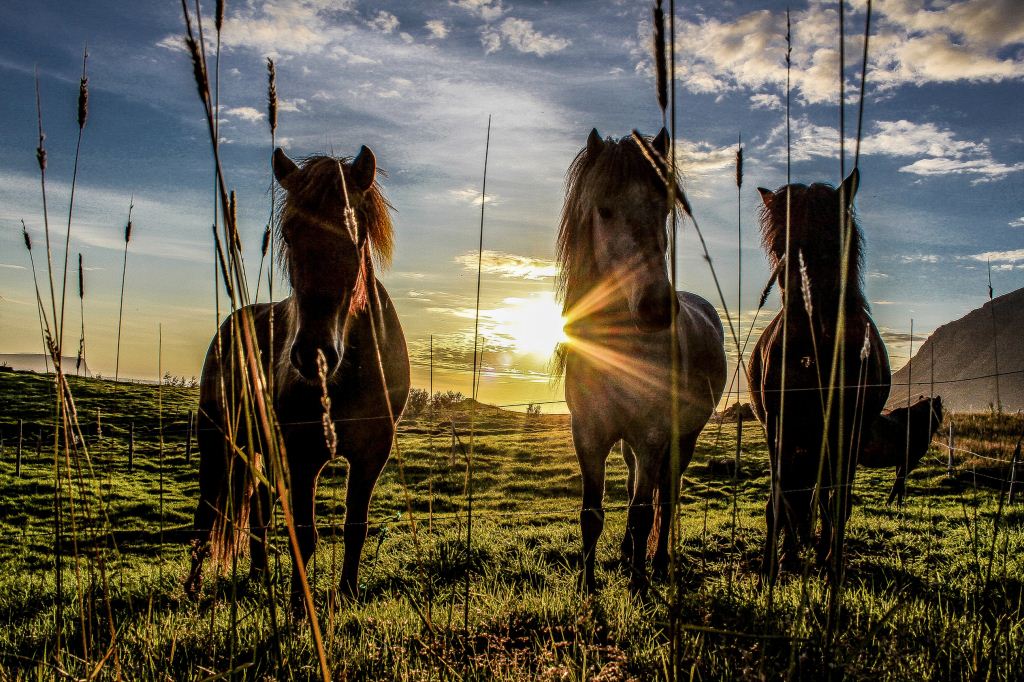 Icelandic Horses
Icelandic Horses
Enjoy Icelandic Food & Cuisine
For food lovers, Icelandic cuisine is a blessing. You will experience tasty dishes made with locally-grown and sustainable food resources. The restaurants often have an exotic ambiance while treating you to a panoramic view of the scenery. You can treat yourself to traditional food or the new Nordic culinary cuisine.
Watch Wildlife
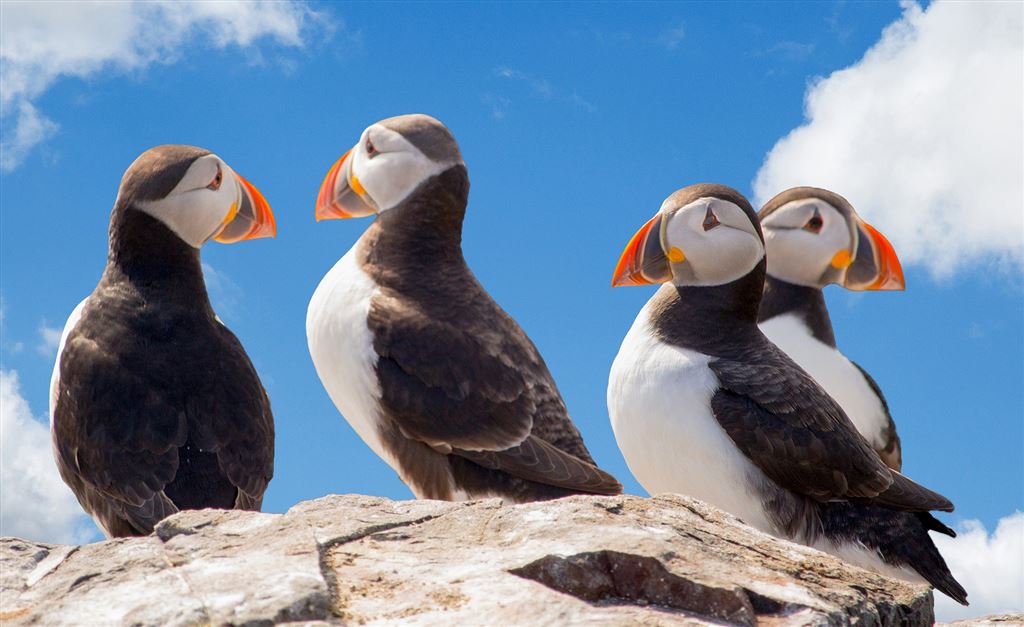
Birdwatching in Iceland can be positively thrilling as you become familiar with many new breeds. You can also focus your attention on the ocean and delve in whale watching. The diverse marine life will genuinely amaze you. On the other hand, you can go for aerial sightseeing tours, hiking, or ice climbing if you are looking for an adrenaline rush.
Witness the Northern Lights (Aurora Borealis)
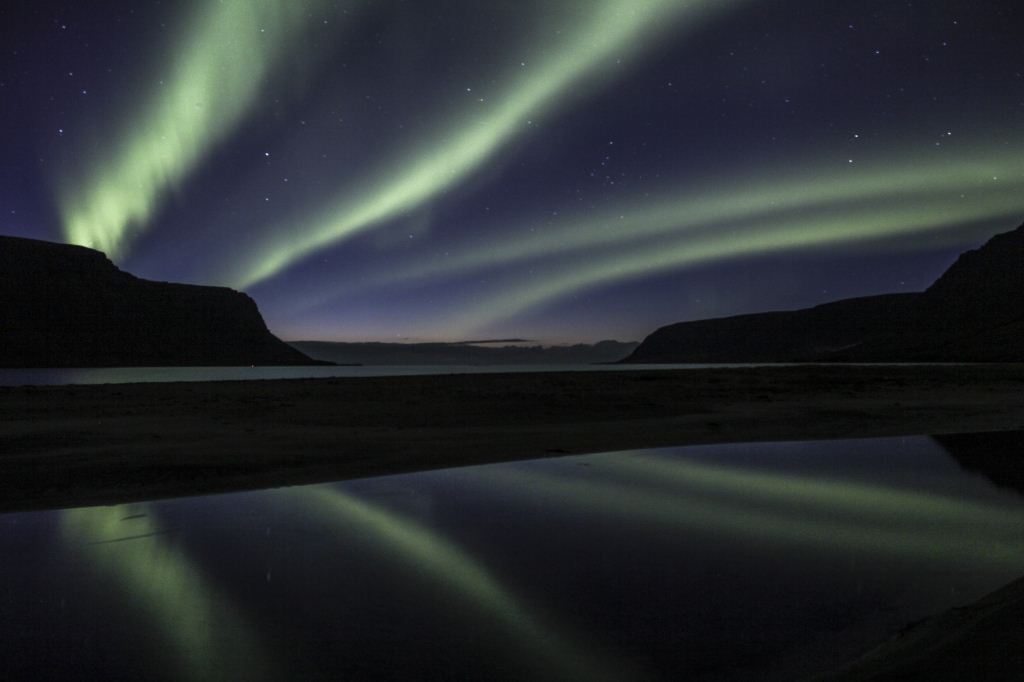
The magnificent phenomenon of aurora borealis will be the highlight of your journey, so it is a must-see event.
When is the Best Time to Visit?
You may want to visit Iceland during the winter, but that may not be the best idea because it is simply too cold. Ideally, you should head to Iceland during the summer so you can experience the Icelandic weather at its finest. You can also enjoy the country in late spring or early fall when the crowds thin out.
If you want to enjoy the glory of the Northern Lights and sit under spectacularly clear skies, then late fall, September through late March, is best. The nights tend to be dark and clear during that time of year. To enjoy the spectacular array of waterfalls, volcanoes, and geysers, you should visit Iceland between May and September. Breathing in the fresh summer air and enjoying the contrast of green and white all around will get you into the Icelandic spirit.
Facts: Population, Language, and Country
Iceland is a democracy with Reykjavik being its capital and largest city. It has about 5000 km of coastline and a population of approximately 340,000 as of 2019. The country has seen a significant amount of expansion over the past few decades.
The most commonly used languages in Iceland are Icelandic and English. The Nordic connection has led to Nordic languages and German being accepted as well.
Iceland is the only place on Earth where you can see the North American and Eurasian tectonic plates meeting. This location is called the Silfra Rift. In fact, there are only two places in the world where you can see tectonic plates meet. The other location is in Africa.
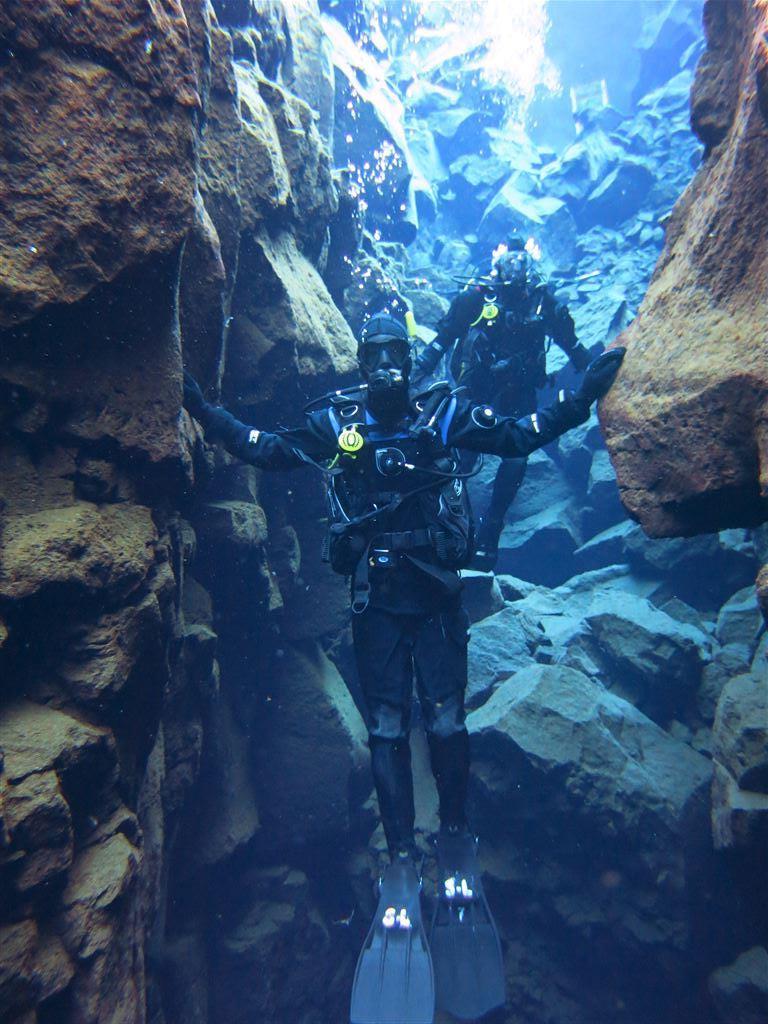 The Silfra Rift
The Silfra Rift
The romance associated with Iceland can be traced back to the Vikings. The Norwegians and the Danes followed the reign of the Scandinavians, but Iceland gained independence from Denmark in 1918. It has been a republic since 1944 and has become a favorite for tourists all over the world.